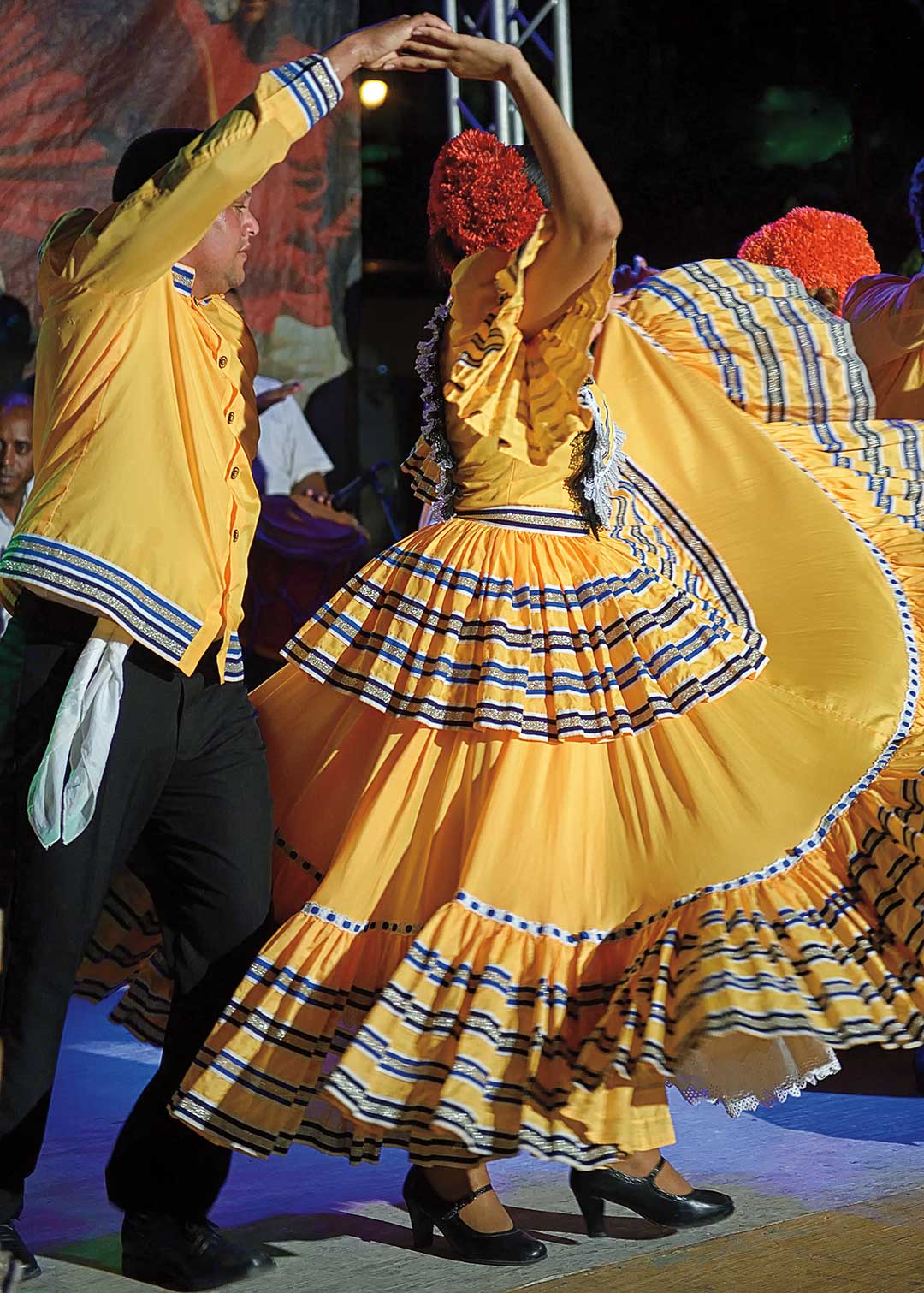Dance Fridays Can Be Fun For Everyone
Wiki Article
Dance Fridays - The Facts
Table of ContentsNot known Incorrect Statements About Dance Fridays 5 Simple Techniques For Dance FridaysDance Fridays - An OverviewSome Ideas on Dance Fridays You Should Know
Allow's think about Salsa dance and songs as a large Tree that resembles this: Salsa is danced worldwide while numerous technical elements of the dance coincide throughout designs (6 steps over 8 beats danced on a quick-quick-slow or slow-quick-quick rhythm), there are a number of "hallmark" attributes of the primary styles of Salsa that identify one from the other.Pairs joining an Online casino Rueda dance all steps in unison as called by a Leader. Distinct functions of Cuban style salsa are circular turn patterns (with "break back" actions on counts 1 and 5) in addition to body language inspired by traditional Afro-Cuban folkloric dances. Distinguishing functions of Cali style salsa fasts and intricate footwork, danced with a solid hand hold connection in between partners.
The beginnings of the design are a subject of dispute, yet it is claimed that New York style Salsa dancing came from the 1960's due to the increase of Latin American emigrants after the Cuban Change. Eddie Torres is the most well recognized New York design professional dancer, being virtually generally attributed with promoting the style to dance centres beyond New York.
The basic rhythm of "On-2" is slow-quick-quick. The "youngest" of the styles of Salsa, L.A. Design (some individuals have actually called it "West Shore" design) ended up being popular in the 1990's and has its origins in ballroom (Mambo, Swing and Cha, Cha, Cha). Turn patterns lead and comply with techniques are heavily affected by these designs, with the Cross Body Lead being the cornerstone of the style.
6 Easy Facts About Dance Fridays Shown
Style are execution of turn patterns and numbers in the "slot", with the break steps on counts "1" and "5". This design is likewise defined by elegant and often intricate arm styling by the comply with to accent the "1" and "5" matters. The fundamental rhythm of "On-1" is quick-quick-slow. While Salsa songs has solid beginnings in Cuban, Colombian and Puerto-Rican folkoric traditions, it can not be marked down that all Afro-Latin and Latin American societies have actually added to modern Salsa songs as we recognize it today.It's possible that due to political factors the contribution of Afro-Cuban culture and heritage to modern Salsa in the 1960's and 70's is not extensively acknowledged, but it can not be disregarded the substantial contribution and impact of the "Queen of Salsa", Celia Cruz (salsa club san francisco). Many thanks to the web and ease of accessibility to details, the appeal of Salsa music, dance and culture has actually spread like wildfire over the last 30 years and even then modern Salsa musicians continue to pay homage to the Establishing Papas and Mom of Salsa.
Today Salsa music is developed, done and renowned worldwide. In 2000 the impact of Latin American songs and culture (not simply Salsa) was recognized by the National Academy of Recording Arts and Sciences in the U.S (https://evanmargolin94124.wixsite.com/my-site/post/dance-fridays-unleashing-the-rhythm-of-salsa-dancing-in-san-francisco). and the Latin Grammy Awards were produced. The Latin Grammy's have brought focus to the Salsa Legends and modern Salsa musicians alike
The Only Guide to Dance Fridays
distinguishing characteristics of Salsa music are: 4/4 measure signature, Child Clave and Tumbao rhythms, Montuno Piano Unless you have a background in music, the above 3 qualities most likely mean absolutely nothing to you. A less complicated means to explain Salsa songs is how it does NOT seem like try this site other kinds of Latin American music.Bachata is a straight 4 beat dancing with a frequency of a syncopated guitara line and a clear lack of any kind of "hard" piano, brass (trumpet, trombone) lines. Cha, Cha, Cha appears like Salsa music the most as it really feels like "actually slow" salsa/mambo. salsa club san francisco. Cha, Cha, Cha can be distinguished by it's emphasis of the dual tumbao beat on counts 4 +5 and 8 +1 (the "cha-cha-cha") You have actually been to a Salsa evening at a club and you're connected you enjoy the music, the power, the look of two professional dancers gliding throughout the dance flooring performing amazing spins and transform patterns
A lot of brand name new dancers pick to learn L.A. "On-1" style slotted Salsa styles are the most prevalent in North America (with some exceptions of some urban centres that still mainly welcome Cuban and Puerto Rican designs) and L.A
Facts About Dance Fridays Revealed
L.A. Style will design teach promptly the fundamentals of Salsa timing, weight transfer and turn pattern execution. Lots of professional dancers, when they've had a year or 2 of dancing L.A. Design Salsa under their belts, "button" to New York style in order to diversify their dance vocabulary; but many dancers decide to stick to simply one style of Salsa and enjoy their time on the dance flooring in that particular style.Design and New York City Design all being danced in the same club, with most of the professional dancers having the ability to switch from one design to the other from one song to the next. Despite which style you pick it's important to stick to that design up until you're very comfortable with the principles of timing, body rhythm and foundation step execution before considering "changing" styles (if you intend to).

Report this wiki page